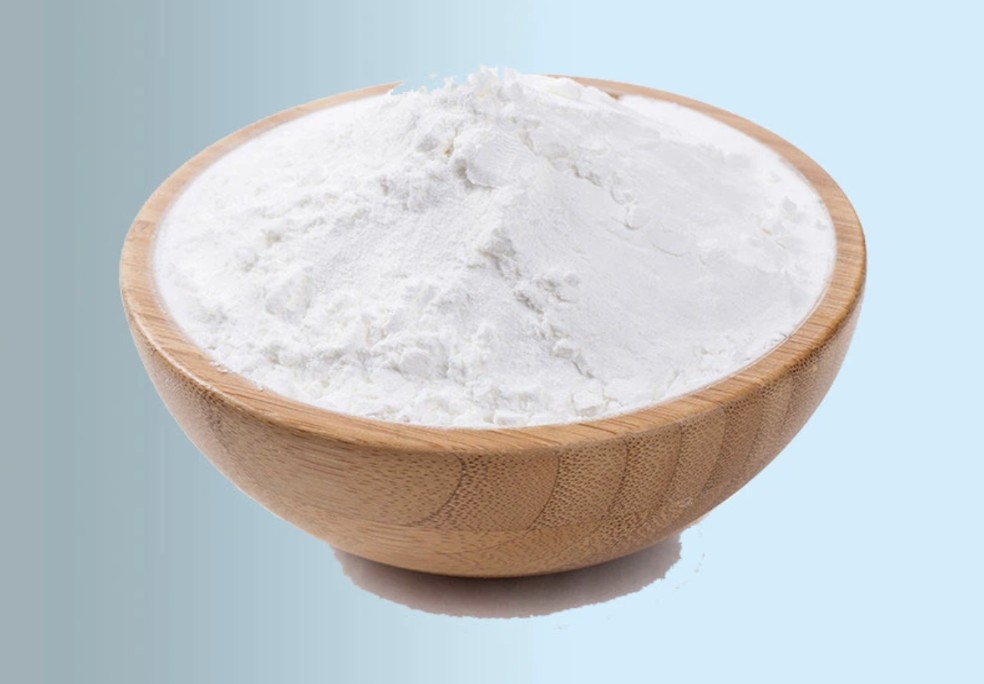Sinónimos: 4-androstenediona(4ANUNCIO); 3,17-dioxoandrost-4-ene;delta-(sup4)-Androsten-3,17-diona;delta(sup4)-Androsteno-3,17-diona;delta4-androsten-3,17-diona;delta-4-androstenediona;SKF 2170;skf2170;4-ANUNCIO
CAS: 63-05-8
FM: C19H26O2
megavatios: 286.41
EINECS: 200-554-5
Pureza: 98.88%
Caracteres: Polvo cristalino casi blanco, soluble en etanol, insoluble en agua
Androstenedione is the common precursor of male and female sex hormones. Some androstenedione is also secreted into the plasma, and may be converted in peripheral tissues to testosterone and estrogens.
Androstenedione can be synthesized in one of two ways. The primary pathway involves conversion of 17-hydroxypregnenolone to dehydroepiandrosterone by way of 17,20-lyase, with subsequent conversion ofdehydroepiandrosterone to androstenedione via the enzyme 3-β-hydroxysteroid dehydrogenase. The secondary pathway involves conversion of 17-hydroxyprogesterone, most often a precursor to cortisol, to androstenedione directly by way of 17,20-lyase. De este modo, 17,20-lyase is required for the synthesis of androstenedione, whether immediately or one step removed.
The production of adrenal androstenedione is governed by ACTH, whereas production of gonadal androstenedione is under control by gonadotropins. In premenopausal women, the adrenal glands and ovaries each produce about half of the total androstenedione(about 3 mg/day). After menopause, androstenedione production is about halved, due primarily to the reduction of the steroid secreted by the ovary. Nevertheless, androstenedione is the principal steroid produced by the postmenopausal ovary.
| Test Items |
Especificación |
Test Results |
| Apariencia |
polvo cristalino blanco |
Comply |
| Ensayo |
≥99%(HPLC)
(titration) |
99% |
| Punto de fusion |
170.0-174.0℃ |
171.6-173.5℃ |
| Pérdida por secado |
≤0.5% |
0.01% |
| Specific rotation |
+193°~+202° |
+195° |






















